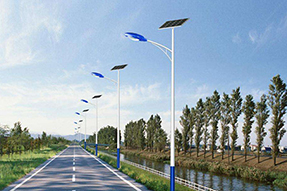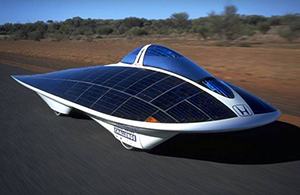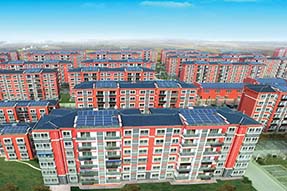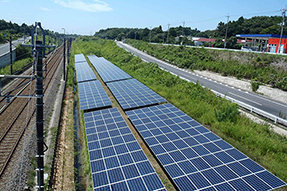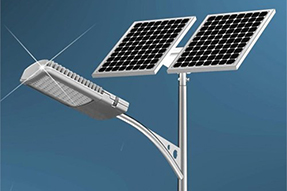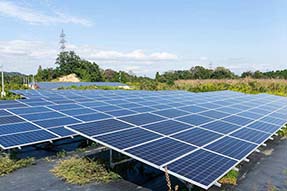How to correctly configure solar street light ?
Solar street light consists of solar module, LED lamp head, battery, controller and lamp-post, etc. Solar panel converts solar radiation into power electricity to charge storage battery getting through solar controller in daytime, when sunlight decreases up to about 10lux in night, the open circuit voltage (Voc) of solar panel is about 4.5V, after detecting this value by controller, battery discharge for lamp head.
The basic design principle of solar street light is the same as normal solar lighting, but need consider more aspects.
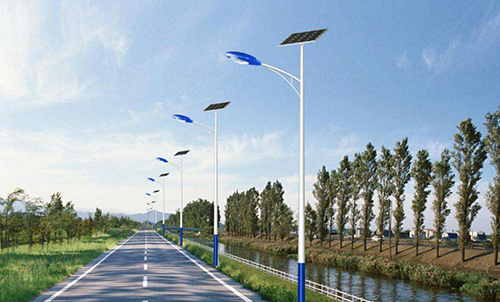
If need get system configuration, we need confirm below questions:
1) Where is location site for this solar street system, what is sunlight state in this area ?
2) What is total loads of this system ?
3) What is output voltage of this system, is it AC or DC ?
4) How many hours to work for these loads each day ?
5) How many days is required to continuously provide power supply if encountering rainy days.
6) What is the loads situation, it is pure resistance, capacitance or inductive character, what is starting current ?
7) How many quantities for the systems to require ?
Under standard working condition, the quality of system configuration dues to the matching for solar module, streetlight controller and battery.
How to calculate the configuration for solar panel and battery ?
Now take an example, A solar street system, power is 60W, voltage is 12V, it need work 7 hours each day, it requires to meet 4 rainy days, installation site is in some area of China where is average 4.4 hours for effective solar radiation each year.
The calculation process is as below:
Current=60W/12V=5A,
It need meet 4 rainy days, and the former days before rainy, then total is 4+1=5 days.
Then capacity of battery: 5A*7h*(4+1)=175AH.
In addition, in order to protect battery from over-charging and over-discharging, usually, the battery charge is about 90%, discharge reserve is about 5%~20%.
Therefore, 175Ah is just about 70%~80% of actual application. Meanwhile, it need measure the actual loss according to different loads, the actual working current is influenced by constant flow source, barretter and line loss, it may add about 15%~25% basing on 5A.
The max power output of solar panel is Wp, its power should be higher than theory, such as 25%.
WP/17.6V= (5A*7h*125%/4.4h,
Then, Wp/17.6V=9.33, Wp=175W.
In addition, line loss, controller loss, power of barretter and constant flow source are different in solar street system, its actual application is about 15%~25%, then 175W is also just theory value, it should be added according to actual situation.
Considering the solar street system need continue to work for 4 days (rainy days), in order to recover working fast after discharging, the capacity of solar panel should be improved, to reduce charging time, if the days of continuous 4 rainy days are more, the charging time of battery should be controlled within 2 days.
Now take a 175Wp solar panel as example, to estimate the charging time, charging efficiency is between 0.9~0.96, take it as 0.9, the average charging time for battery: 2*120*12*0.75/ (0.9*175*4.45)=3.08 days, time is a little of longer, use 210W, then the charging time is about 2 days.
Above is just a simple example, if need get accurate configuration for solar panels and batteries, it has relative with continuous working time (rainy days), at the same time, it also has relative with power of solar panel and battery, voltage. Different data would be got different configuration.
Bingsolar Power, 21th, December, 2017
